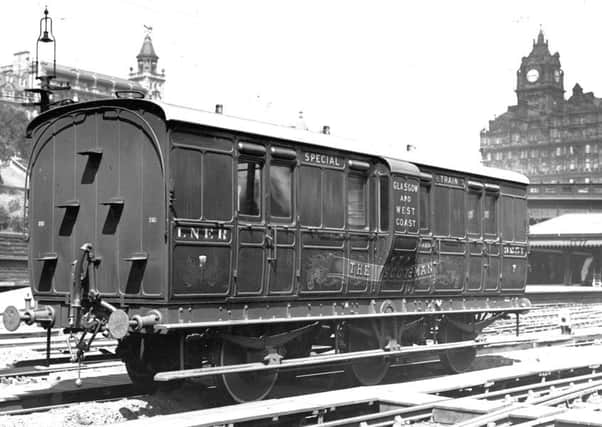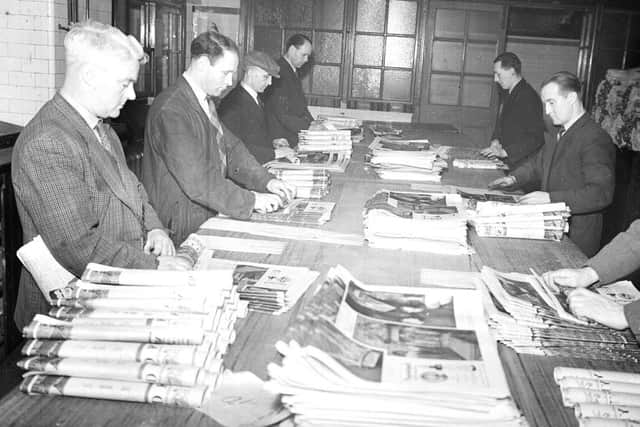Scotsman 200: How 4am special train from Edinburgh boosted circulation


The railways were the key to The Scotsman being transformed from an Edinburgh daily into Scotland’s National Newspaper.
They also proved the vision of Charles Maclaren, the paper’s joint founding editor, who had predicted the importance of trains half a century earlier, years ahead of the first passenger services.
Advertisement
Hide AdAdvertisement
Hide AdInitially, The Scotsman’s circulation was limited to the city and its environs, although horse-drawn stagecoaches carried some copies to other areas.


The barrier to distribution by rail was the fragmented ownership of lines, with each company imposing a charge for carrying newspapers. This made the cost prohibitive unless The Scotsman was sold for twice its cover price.
However, in a bold move in 1865, the newspaper’s proprietors offered to pay the railway companies the transport costs so it could be sold at its published price as well as giving newsagents a small profit.
It was a deal that gave the firms more revenue than from carrying all other newspapers.
Within months, The Scotsman became available across Scotland, with the number of selling agents increasing from 80 to more than 1,000.


Circulation reached 30,000 a day by 1870, which doubled by 1897 – far more than that of any morning paper outside London.
But The Scotsman took innovatory rail distribution a step further by becoming the first British newspaper to run its own train – to get copies to the west coast as early as the Glasgow papers.
In 1872, it arranged with the North British Railway for a special train to leave Edinburgh at 4am daily, arriving in Glasgow an hour later, in time for the newspaper to be distributed before breakfast.
Advertisement
Hide AdAdvertisement
Hide AdA bit like in the travelling post office immortalised by the film Night Mail, packers on board would parcel up copies of The Scotsman which were thrown out of the train at stations along the route.
By 1886, the train was carrying 400 parcels containing 12,000 copies of the newspaper, some of which were transferred to other trains for the south and west.
The success of the operation led to another train to Perth five months after the Glasgow service started, enabling copies to catch early trains to the Highlands and NorthEast. Another to the Borders followed suit.
The Times copied the idea in London the following year.
When the newspaper moved to purpose-built offices in North Bridge in 1904, special sidings below the printing presses in the basement enabled copies to be transferred direct to trains. The sidings were also used to bring in newsprint and ink until the 1950s.